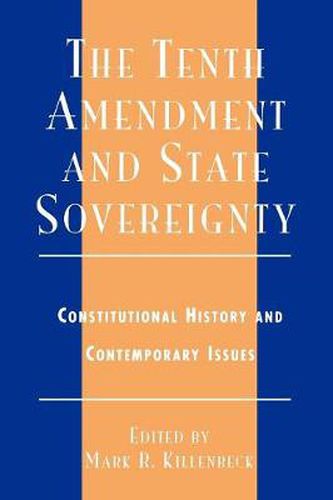Readings Newsletter
Become a Readings Member to make your shopping experience even easier.
Sign in or sign up for free!
You’re not far away from qualifying for FREE standard shipping within Australia
You’ve qualified for FREE standard shipping within Australia
The cart is loading…






In the wake of the 2000 Election, the relationship between the Supreme Court and the American states has become more important. Once derided by the Supreme Court as a truism, the Tenth Amendment has in recent years been transformed from a neglected provision into a vital first principle. As such, it has provided the foundation for a series of decisions in which the Supreme Court has elevated the status of the states, often at the expense of federal power and in the face of previously settled assumptions. In this important volume, four prominent scholars - two historians and two law professors - examine carefully one of the central tenets in the Supreme Court’s recent Tenth Amendment jurisprudence: the assumption that the results fashioned by a narrow majority are compelled by history and consistent with the intentions of the framers. They shed important new light on a series of decisions that mark a major change in our thinking about the nature of a constitutional system within which both the federal government and the states properly regard themselves as sovereign entities.
$9.00 standard shipping within Australia
FREE standard shipping within Australia for orders over $100.00
Express & International shipping calculated at checkout
In the wake of the 2000 Election, the relationship between the Supreme Court and the American states has become more important. Once derided by the Supreme Court as a truism, the Tenth Amendment has in recent years been transformed from a neglected provision into a vital first principle. As such, it has provided the foundation for a series of decisions in which the Supreme Court has elevated the status of the states, often at the expense of federal power and in the face of previously settled assumptions. In this important volume, four prominent scholars - two historians and two law professors - examine carefully one of the central tenets in the Supreme Court’s recent Tenth Amendment jurisprudence: the assumption that the results fashioned by a narrow majority are compelled by history and consistent with the intentions of the framers. They shed important new light on a series of decisions that mark a major change in our thinking about the nature of a constitutional system within which both the federal government and the states properly regard themselves as sovereign entities.